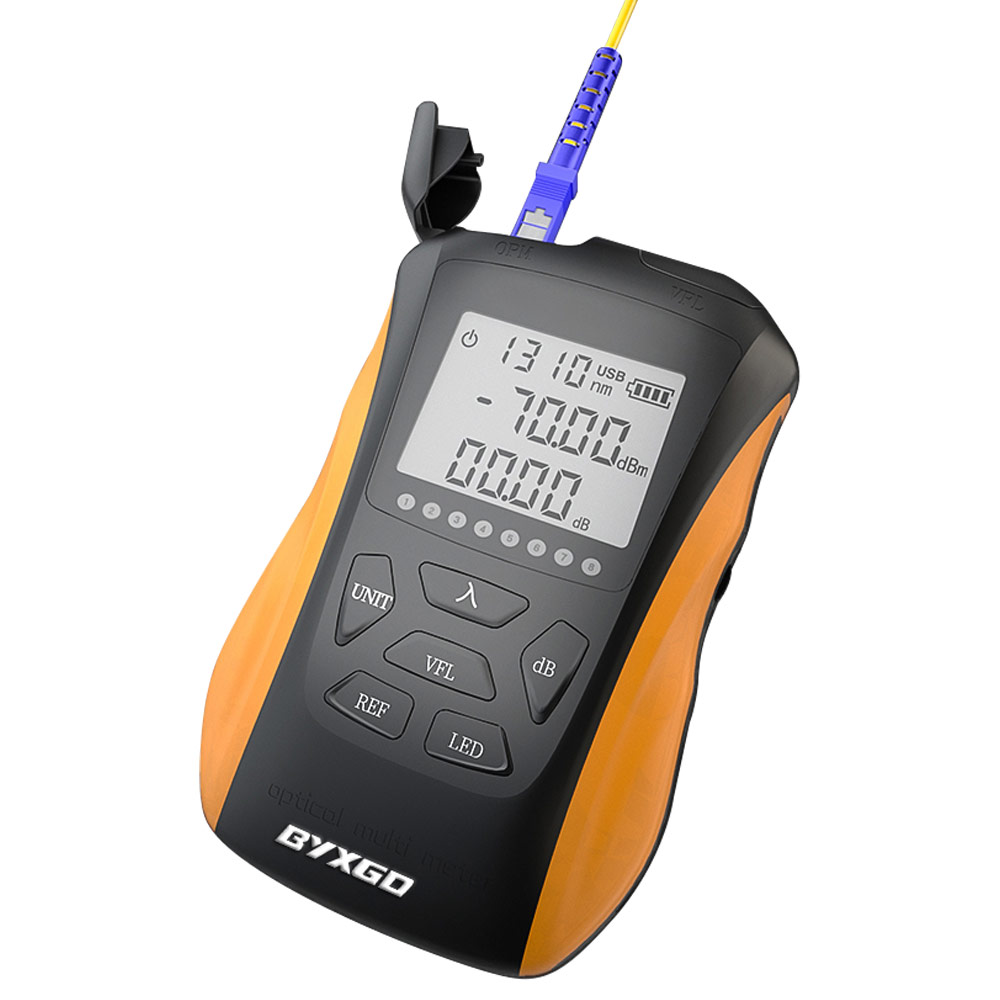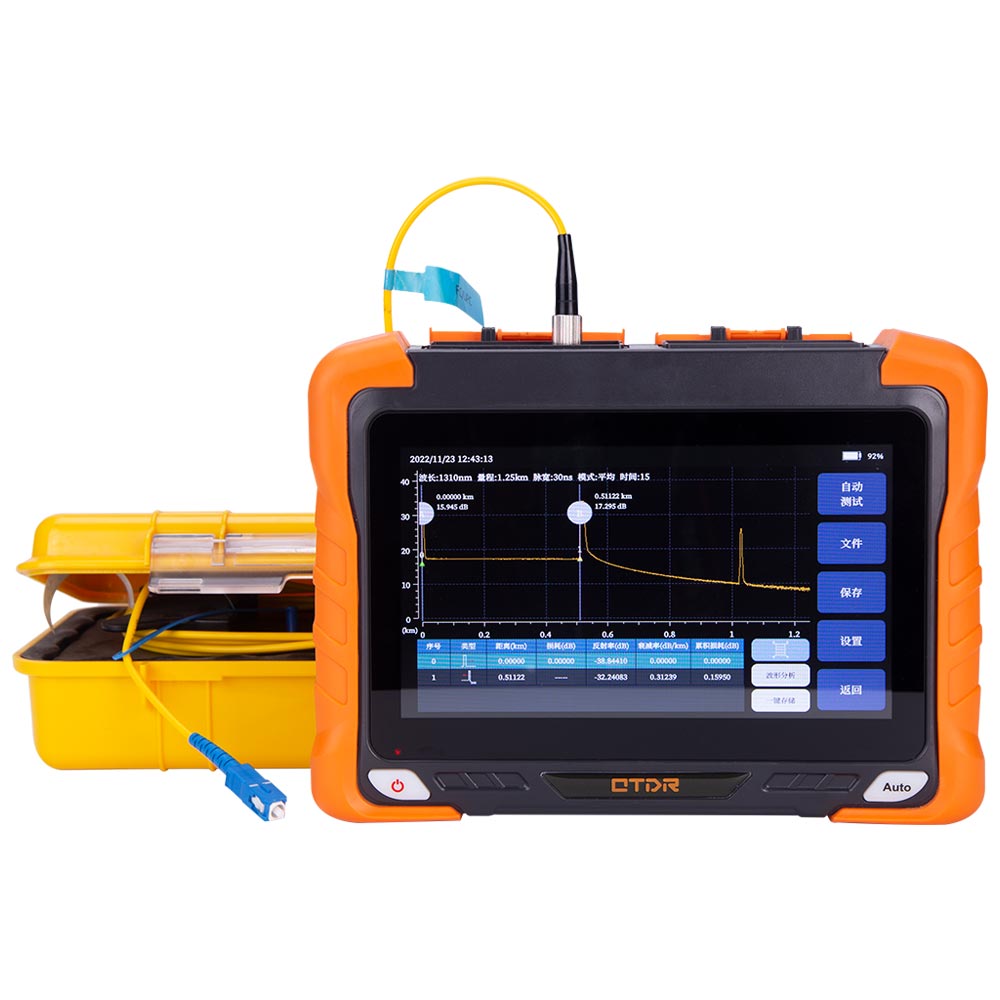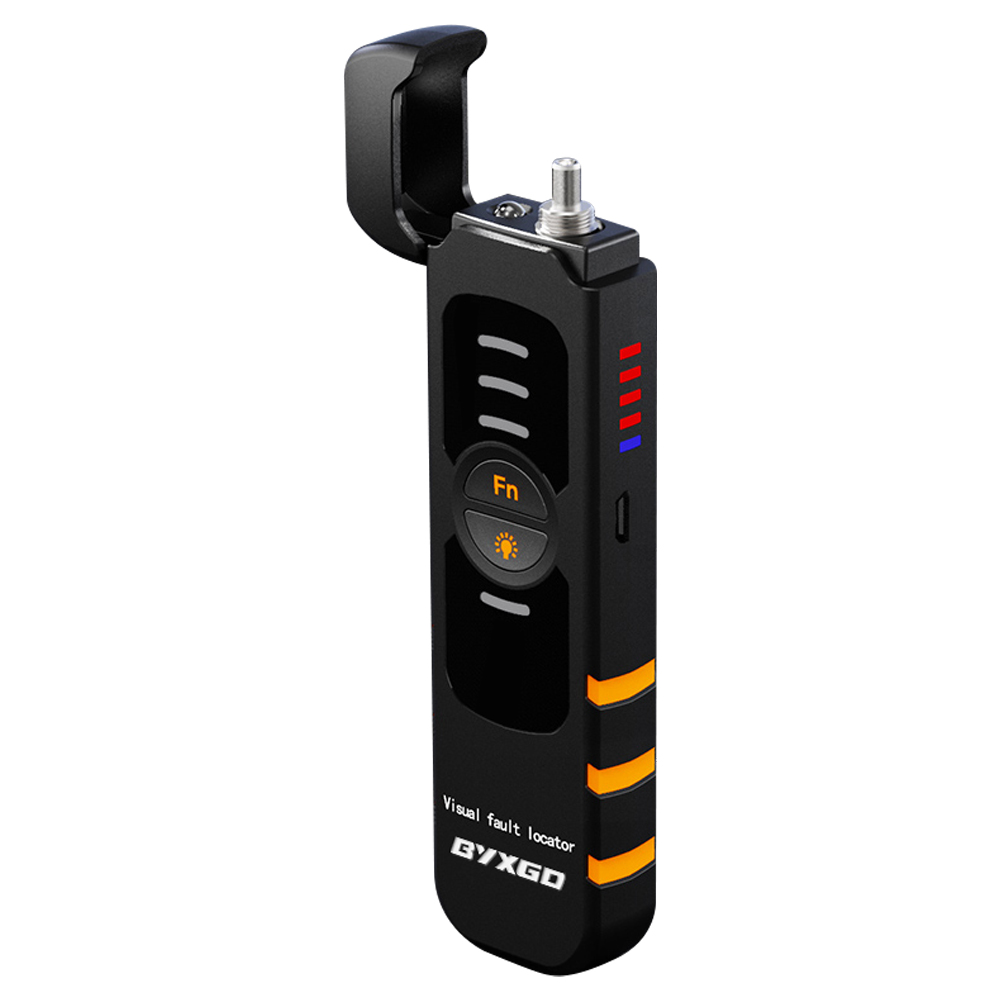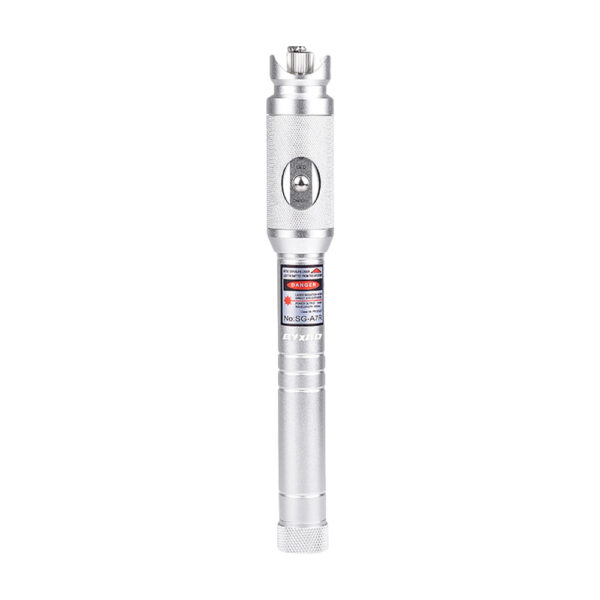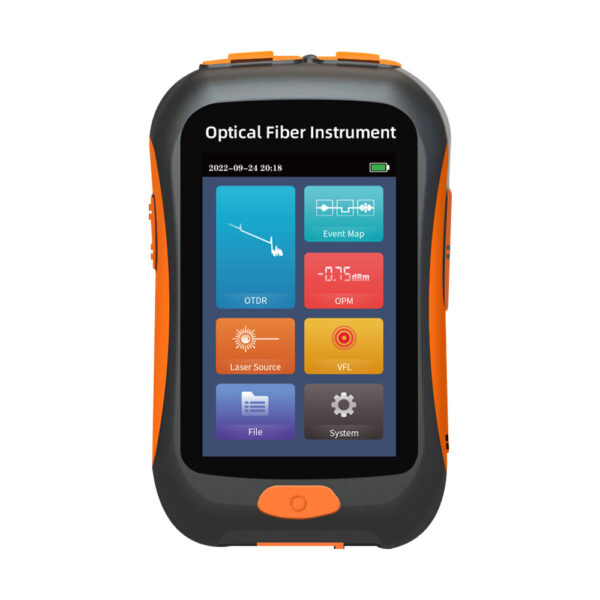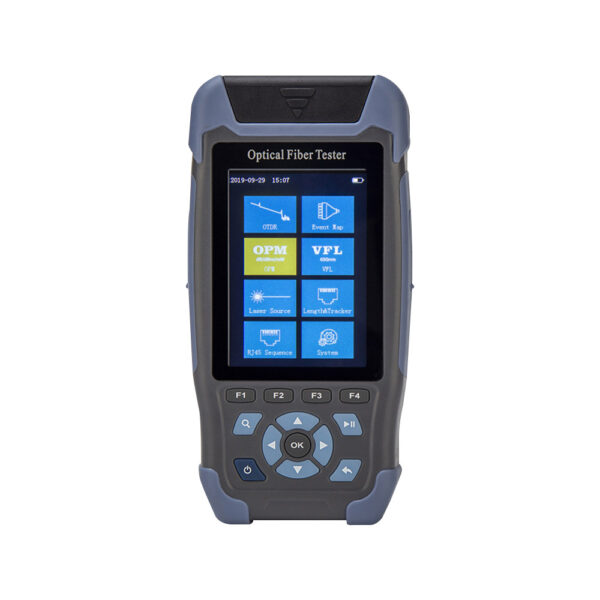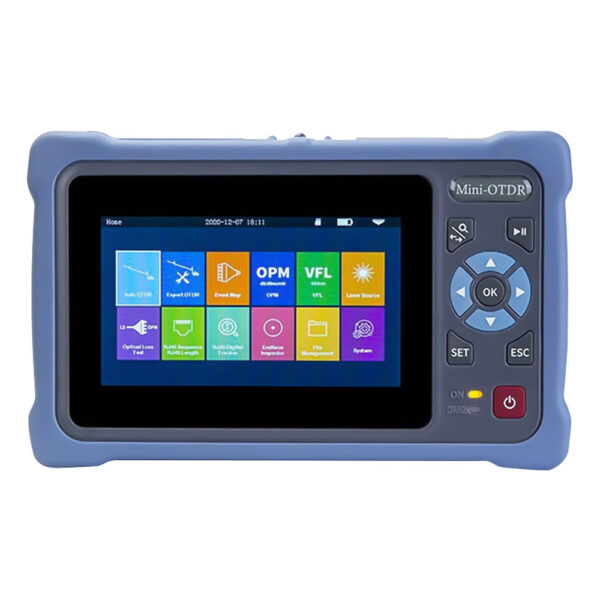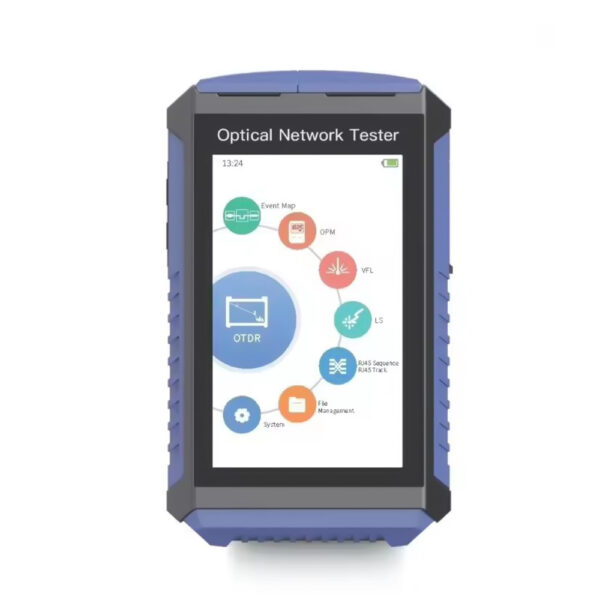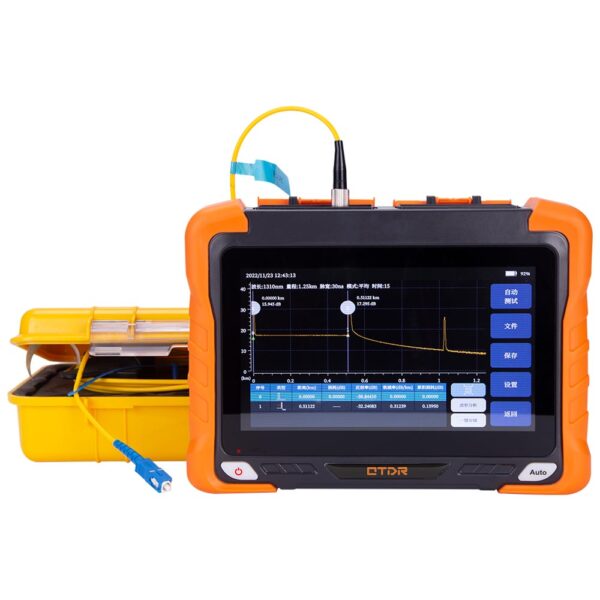Fiber Optic Testers
Use a Fiber Optic Cable Tester Like a Pro
Fiber optic networks are the backbone of modern-day communications. They support the Internet, 5G, cloud services, and smart infrastructure. The fiber optics market continues to see over 10% annual growth. For technicians, installers, and network managers, reliable fiber optic cable testers are paramount when testing fiber networks. There is a plethora of fiber optic testers available today — Visual Fault Locators (VFL), Optical Time-Domain Reflectometers (OTDR), and Optical Power Meters. Therefore, knowing how to properly utilize your fiber test equipment is essential for good fiber network performance. This article offers practical advice to help you get the most out of your fiber optic cable tester, while keeping your experience with the fiber testers based on your experience level.
Showing all 24 results
B1 Visual Fault Locator 10mW for SC FC LC ST Connectors, 10km Fiber Tester, APC Circuit
Original price was: $29.99.$16.00Current price is: $16.00.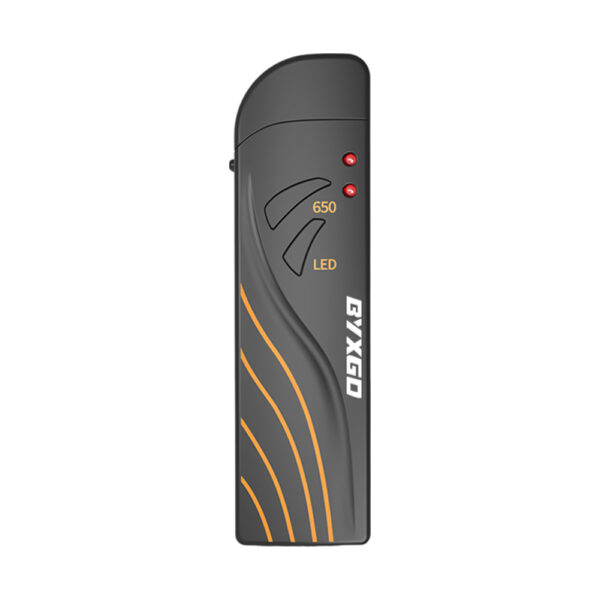
B3 Mini Visual Fault Locator Fiber Tester 650nm Red Light Universal SC/FC/ST Fiber Test Light
Price range: $8.99 through $32.00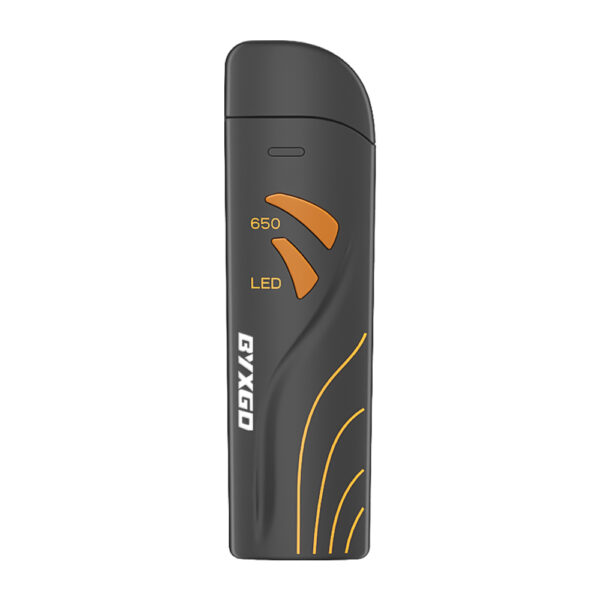
B3A Type-C Rechargeable Fiber Optic Test Light Pen(VFL) 30km Range, 650nm Red Laser, Dual Power Modes, LED Power Display
Price range: $12.00 through $28.00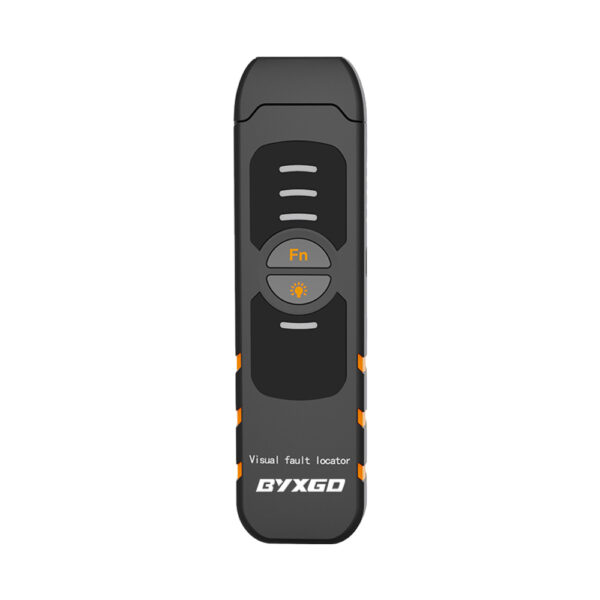
B3S Fiber Optic Light Tester(VFL) 650nm Red Light, Adjustable Brightness, Real-Time Battery Display, Ergonomic Grip
Price range: $9.90 through $23.00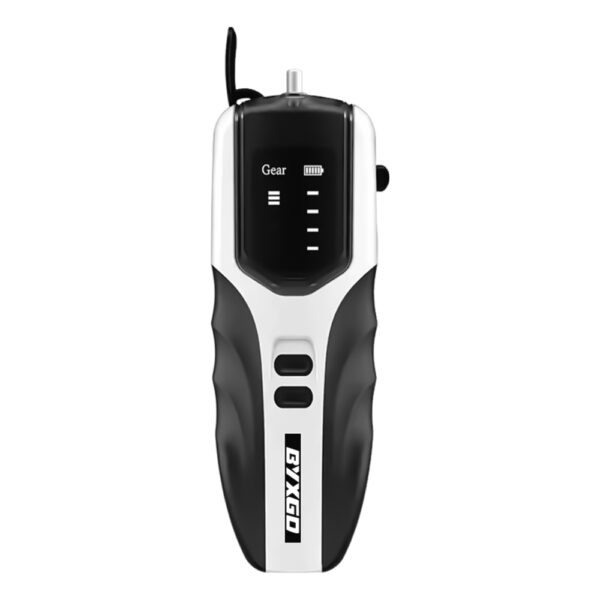
B4 Pen-Type Visual Fault Locator Laser Adjustable Power for Fiber Optic Testing, 3-Level Output
Price range: $12.00 through $22.00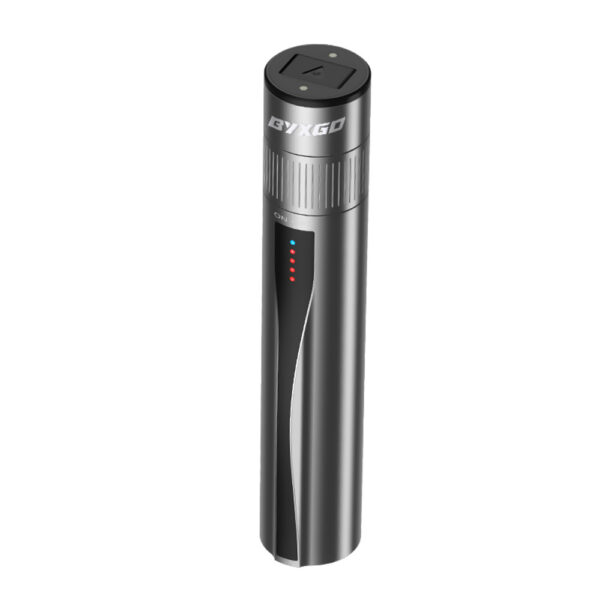
B5 Rechargeable Pen-Type Fiber Visual Fault Locator – 30km Range, FC/SC/ST Compatible
Price range: $14.00 through $29.00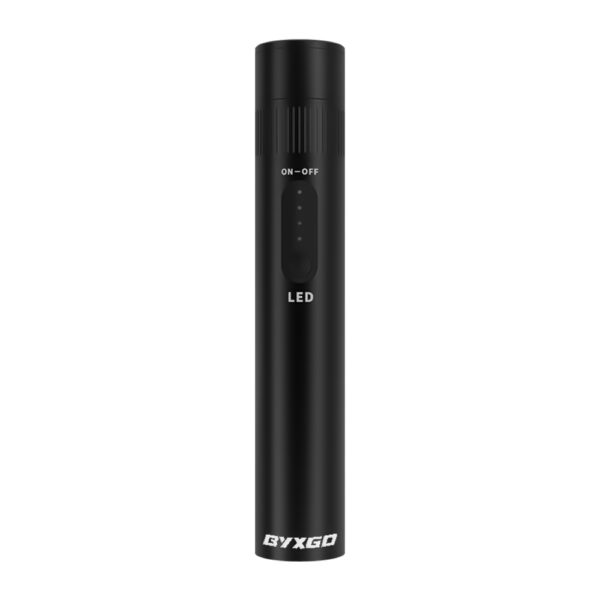
B5S High-Quality Laser VFL Fiber Tester 30km Range 1800mAh Battery USB Rechargeable
Price range: $13.00 through $28.00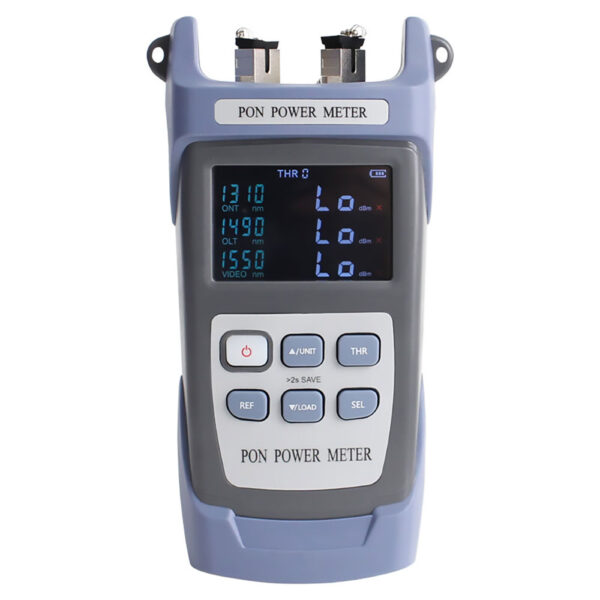
BYXGD PON Power Meter for EPON/GPON/XPON Compatible with SC/APC Fiber Optic Cable
Price range: $69.00 through $89.00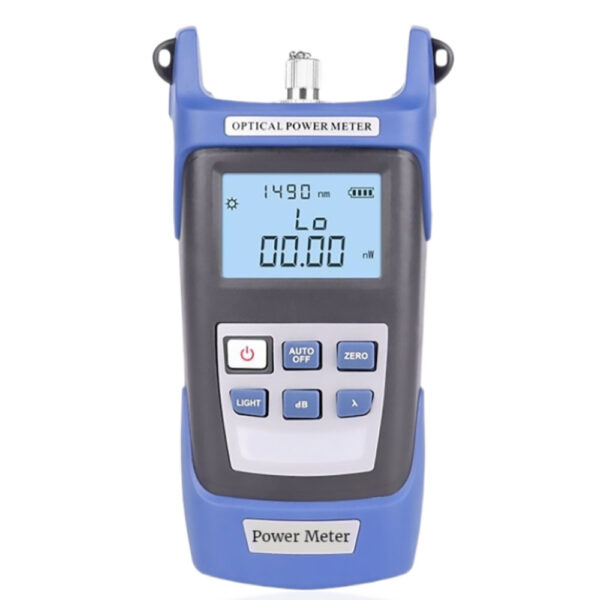
G1 Optical Power Meter -70~+10dBm 800-1700nm | FC SC ST Fiber Connector | FTTH CATV Adapter
Price range: $9.99 through $22.00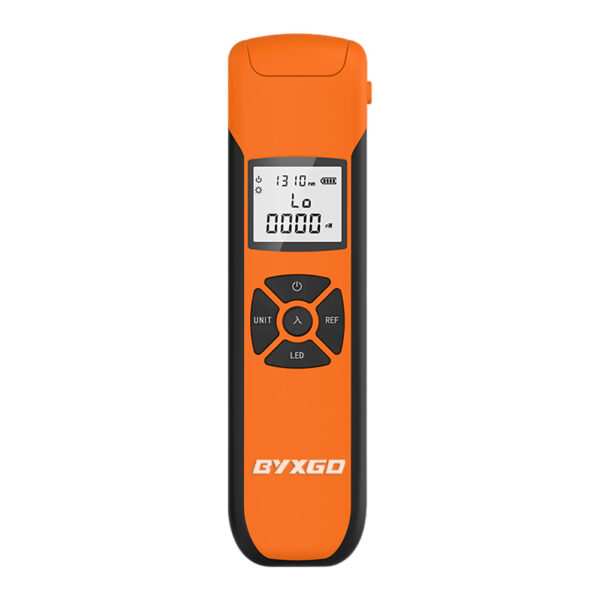
G10 Fiber Optic Light Meter with 9 Wavelengths for FTTH, FTTX and 5G Networks
Price range: $12.00 through $14.00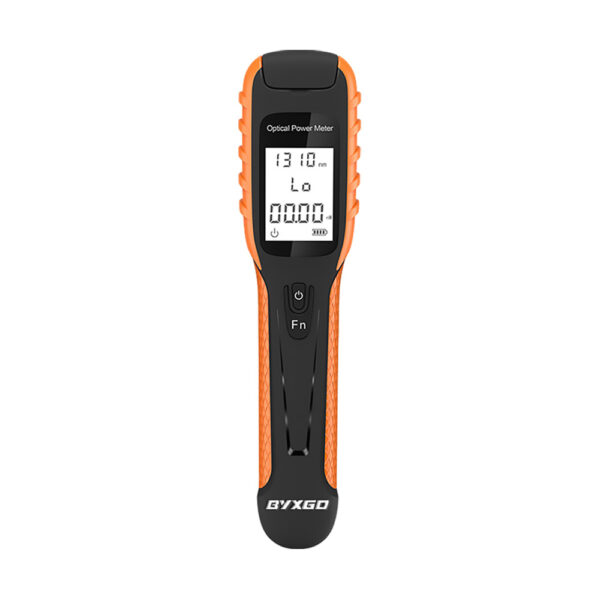
G11 Mini Fiber Optical Power Meter -70 to +10dBm with FC/SC/ST Connector for 5G Testing, Rechargeable
Price range: $12.00 through $15.00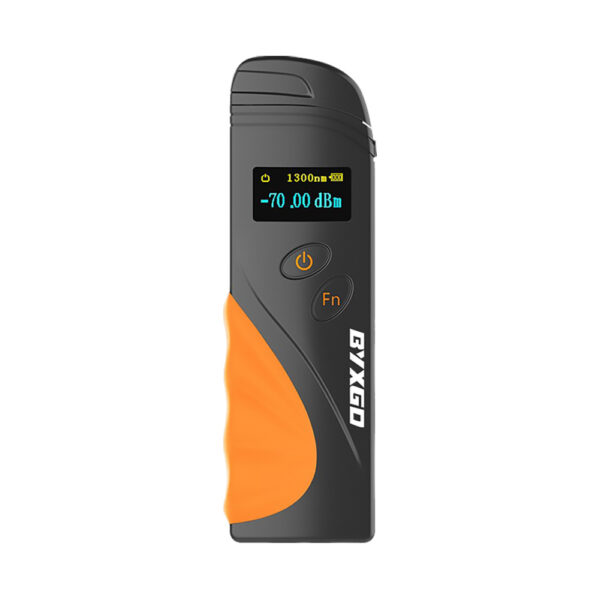
G2 Fiber Optic Cable Tester FTTH Optical Power Meter 9 Wavelengths -70 ~ +10 dBm FC SC ST Interfaces Rechargeable
Price range: $20.00 through $28.00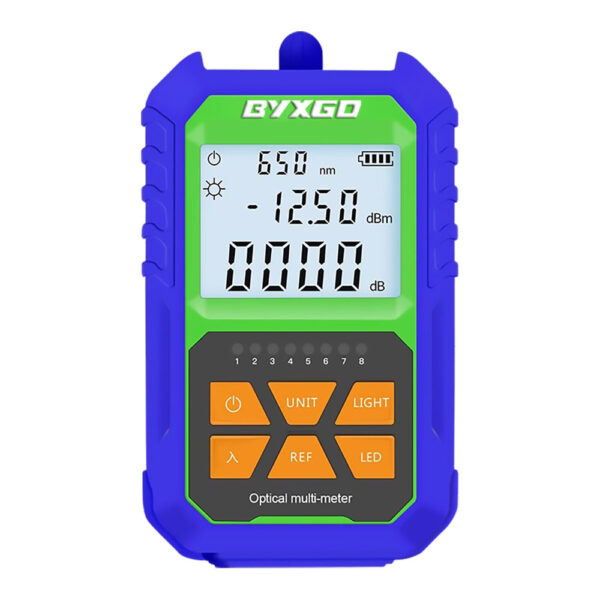
G5 3-in-1 Fiber Optic Light Meter: Power Meter, LED lighting, Fiber to RJ45 Cable Tester with 9 Wavelengths
Price range: $12.00 through $16.00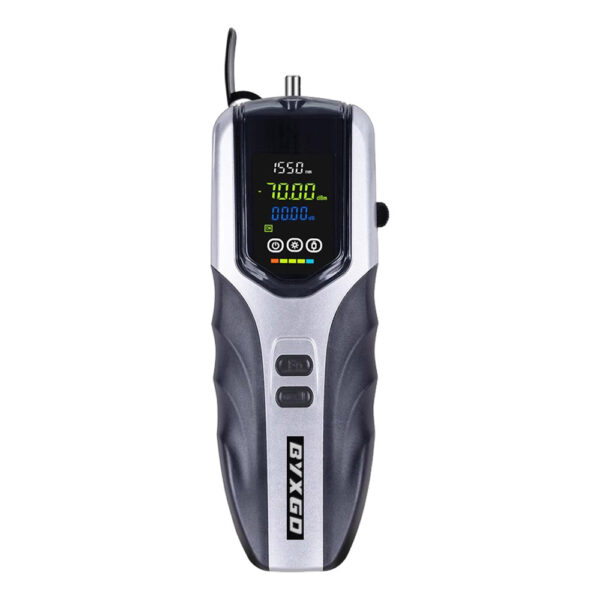
G7 USB Handheld Optical Power Meter -70~+6dBm, 9 Wavelengths, Universal SC/FC/ST Connectors
Price range: $16.00 through $18.00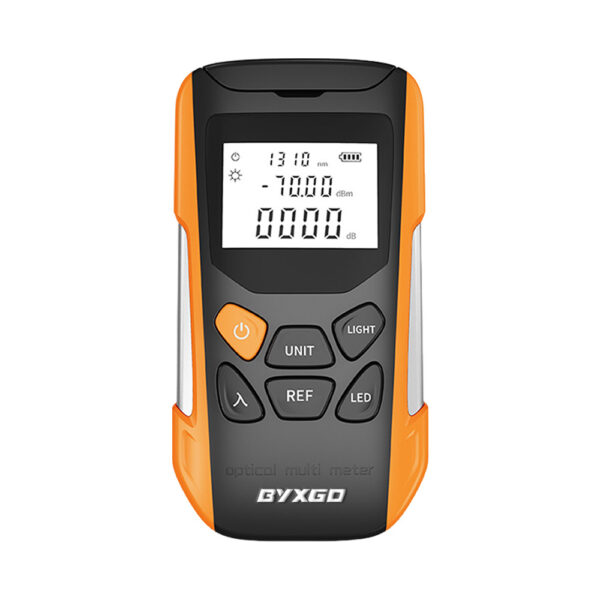
G9 High Accuracy Optical Power Meter with Visual Fault Locator | 30km Red Light Detection | Dual Power Supply
Price range: $22.00 through $33.00NK2800 Smart OTDR Fiber Tester – 1490nm/1577nm Testing, 80km Range, Power Meter, VFL & Stable Light Source
Original price was: $330.00.$210.00Current price is: $210.00.NK3200 Fiber Optic Mini OTDR Tester – Event Map, Power Meter, VFL, 3.5″ Screen, 12h Battery, USB Charging
Original price was: $579.00.$330.00Current price is: $330.00.NK4000 Mini Smart OTDR with OPM, OLS, VFL, RJ45 Cable Tester, FC/SC/ST APC & UPC Connectors
Original price was: $570.00.$320.00Current price is: $320.00.NK4200 Mini OTDR Optical Network Tester Multi-Wavelength Live Fiber Testing & 1.5m Event Dead Zone
Original price was: $580.00.$360.00Current price is: $360.00.NK4350 Mini-OTDR: Multi-Function Fiber Optic Tester for GPON, EPON, XGPON, XGSPON and 25G/50G PON
Original price was: $499.00.$299.00Current price is: $299.00.NK6200 Optical Time Domain Reflectometer – 1310/1550/1625nm Wavelength, 100km Test Range, PON Testing & Wireless App Control
Original price was: $1,300.00.$999.00Current price is: $999.00.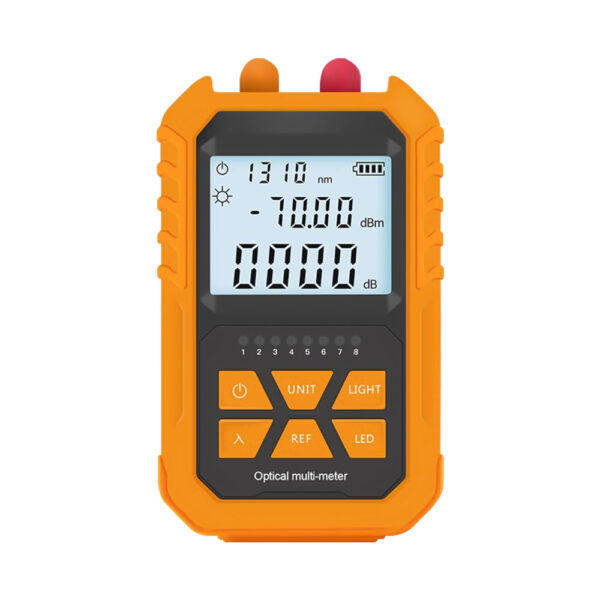
Y3 Mini Handheld 4-in-1 Optical Fiber Cable Tester with VFL, Network and Power Meter
Price range: $19.00 through $45.00
Y8 VFL OPM 6-in-1 RJ45 Network Cable Tester & Tracer
Price range: $27.00 through $55.00
Y9 Optical Power Meter with VFL and Cable Tester for RJ45, Data Storage, SC/FC/ST, 800-1700nm
Price range: $22.00 through $40.00Understanding Fiber Optic Cable Testers: Different Types and How They Work
Fiber optic cable testers are very similar in the sense they come in a few different types of testers that allow for various tests. The three most common are VFL, OTDR, and Optical Power Meter.
- VFLs are designed to direct a visible red laser light into the fiber to quickly identify if there are breaks or bends in the fiber cables. VFLs are a good device for quick detection of faults during installation or daily maintenance as it provides immediate visual feedback.
- OTDRs allow for precise fault location and characterization in detail by sending light pulses through the fiber and analyzing the returning light to generate time-distance graphs. The OTDR technology provides an ideal troubleshooting tool for complex or long-distance networks, since technicians can obtain a more detailed level of diagnostics.
- Optical Power Meters measure the actual amount of optical signal strength through the fibers to determine the optical link quality and expected performance. They can be used for general linking testing, as well as acceptance testing.
All these fiber testers are collectively important fiber test equipment pieces and can be the right fiber test equipment to use in different scenarios, depending on the experience levels of the user.
What is a Visual Fault Locator and When to Use One
A VFL is a small fiber optic tester designed to facilitate the discovery of faults (like breaks or bends) quickly and easily. The VFL injects a high-intensity bright red laser light into the fiber; any light that leaks from a problem will be visible through the fiber and the jacket, and in those cases will assist the technicians in finding the problem.
- VFL devices will be beneficial for technicians working in the field or doing on-site troubleshooting and is a good tool to have during installation and maintenance, because it allows quick and simple evaluation and similar to other types of fiber optic cable testers, a VFL does not require extensive analysis beyond that immediate loop.
- VFLs can be used with both single-mode and multimode fibers, and typically go well beyond 10 kilometers for multimode fibers.
- For novice users and technicians, or field technicians, a VFL is the easiest way to fault detect a fiber that may not have been observable through the more advanced testing devices, like OTDRs.
- VFL devices are portable and typically pen-sized or hand-held, making it easy for a technician to move around and use the VFL while monitoring the fiber conditioning and fault within real-time.
- The universal connectors on a VFL would include FC, SC, ST, and other common industry connectors.
OTDR Testing Equipment
Optical time-domain reflectometers are a vital category of fiber optic cable testers that measure high-fidelity fiber links. Using a laser pulse sent down a fiber and the returning backscatter signal, OTDRs produce a high-resolution distance-loss graph, pinpointing faults, splices, connectors, and bends using explicit locational data.
- OTDRs can be utilized for single-mode and multimode applications. Single-mode fibers are often installed in telecommunications and long-haul deployments, and OTDRs can often detect smaller losses over long distances.
- In data centers, multimode fibers are often especially useful for OTDRs, though the range of testing diminishes due to modal dispersion.
- While it can be used by technicians and engineers experienced in fiber optics, OTDRs provide an in-depth diagnostic capability above and beyond a pass/fail test.
- The OTDR can quickly locate issues like degradation in a connector or a bend that could be causing attenuation, all utilizing a distance-based output which directly relates to the maker’s loss characterizations.
- Many of the latest fiber OTDR testing equipment units also provide a user-friendly interface and automated analysis, though in order to access the full results of this technology, training should be undertaken to ensure understanding and effectiveness in interpreting results.
Using Optical Power Meters for Accurate Signal Measurement
Optical Power Meters — which are also referred to as optical light meters or fiber optic light testers — are essential tools for measuring the strength of light signal(s) in fiber optic networks. A photodetector converts the light signal into an electrical signal, offering accurate readings that are essential for determining the performance of the link.
- They are essential during the installation process, troubleshooting issues, and performing maintenance.
- Hand-held models are often more portable and easy to use, helping the field technician's response time and assessment to be quick and reliable.
- More advanced models may have properties such as multi-wavelength capabilities, high-resolution displays, data logging functionality, or computer connectivity to assist with detailed analysis.
- The decision between a basic portable meter or an elaborate all-in-one meter should consider the needs of the testing practices.
- An optical light tester would be beneficial if the tests were to take place frequently or on-site.
- An optical light meter would be more beneficial if fiber optic cable was subjected to lab testing and diagnostics.
- Also, be sure to ensure calibration is a regular procedure to guarantee accuracy and avoid network service interruptions, which could cost service providers money.
How to Choose the Best Fiber Optic Tester for Your Needs
- The ideal fiber optic tester is reliant on your capacity and your testing requirements.
- Simple and easy-to-use testers are good for beginners, including VFLs and basic optical power meters, which account for basic tests, such as checking continuity and measuring the signal, without becoming unnecessarily complicated.
- If you are a technician working with complicated network systems, you would be better off with either a multi-functional optical cable tester with OTDR, which can provide detailed diagnostics on long cables or splicers.
- However, all-in-one devices without consideration of purpose may lead to both unnecessary expense and complexity of operation.
- If you are a network manager, it is necessary to have reliable testers meeting standards and that are well-suited for regular maintenance and disposal.
- As all-in-one devices will usually require a compromise between portability, precision, and ease of integration, any usable testing device that creates operational feasibility will likely be beneficial.
- Remember that buying testers with far too many capabilities without specific application can complicate an already complicated design.
- Following actual testing requirements can help provide accuracy and budget efficiency.
Step-by-Step Guide: Using a Fiber Optic Cable Tester Like a Pro
Testing optical fiber cable requires different methods depending on the situation type being tested: new fiber installation, troubleshooting a broken fiber, or proactively inspecting fibers in a routine maintenance situation.
New Fiber Installation Testing:
- Testing a new run of fiber starts with making sure that the fiber cable is continuous and has a signal.
- This includes using a visible light source (VFL) to identify and locate any breaks or bends before powering up the fiber signal.
- Look for leak spots where the light indicates an issue exists.
- Once you have established any issues with the VFL, the next step is to use an optical time-domain reflectometer (OTDR) to "discover" the whole fiber cable run.
- The OTDR will identify splices and connectors in the cable run while keeping a trace for records.
- Finally, test the site with an optical power meter (OPM) to ensure that the signal is at a level specified in the design.
Troubleshooting a Bad Fiber:
- When there are issues with a network, typically with an ethernet switch, it is important to perform a VFL test first, as it is a visible test.
- If you do not have any visible breaks in the fiber (as indicated by the VFL), it will be necessary to use the OTDR to locate and identify the issue or bad fiber in question.
- The OTDR will produce a trace showing where the bad fiber is and its specifics.
- This may show a break (if any) in the fiber or indicate excessive loss because of a connector or splice issue.
- Reviewing the trace info will help support any results obtained with the OPM test results, as nothing occurs in a vacuum, and two tests are better than one when trying to identify the issue!
Routine Inspection:
- When in a periodic routine inspection situation, be proactive and test the fiber on a scheduled basis.
- Especially remember to clean the connector stub before testing so that there are no remnants affecting the measurement.
- Make sure to utilize an OPM to check the power levels of your links regularly, and not just wait for an outage!
- The OTDR can be used to scan a link on a predetermined schedule, examine the fiber for any subtle degradations in the signal, or help in issues if you need to troubleshoot any additional issues with a break or damage to the fiber in that link.
- All of the results acquired can be documented to assist in monitoring trends, patterns, and preventive maintenance if necessary.
Following these testing guidelines should not only provide reliability for your fiber network but improve the efficiency of the testing process, creating better methods and usage of your fiber optic testers. Testing your fiber will always provide the best purpose by assuring signal transfer integrity and reliability for your network devices.
Setting Up Your Tester Correctly
To guarantee an accurate testing procedure, proper preparation of your fiber optic cable tester is critical.
- Start by powering on the tester and allowing the unit to stabilize before you begin testing to ensure reliability in your readings.
- Whenever possible, take the extra time to clean all connectors and adapters thoroughly, as contamination can significantly affect your results.
- You will also want to calibrate the tester to the operational wavelength of the fiber.
- This is accomplished by utilizing a reference source of known value or a launch cable to establish a baseline of no loss, so your subsequent results are related to the condition of the fiber.
- The biggest mistake you can make is to not calibrate using a reference solution or to not clean the connectors, as this is a sure-fire way to get inaccurate or inconsistent results.
- Furthermore, ensure you have the launch and receive cables connected without any cuts or tears to minimize artifacts in your measurements.
- Taking the time to develop a setup regimen places you in a better position to deliver testing that is reliable and time-efficient in all situations.
Interpreting Test Results: What to Look For
Interpreting the results from an optical cable tester is critical in determining the status of a fiber network. There are three main measurements to consider: signal loss (attenuation), reflectance (return loss), and continuity.
- A low level of attenuation indicates that the signal is not being significantly degraded and is capable of conveying data over long distances.
- A relatively high level of loss would indicate a fault of some sort in the link: either a broken fiber, dirty connectors, or a kink in the fiber optic cable.
- Reflectance indicates how much of the light is bounced back towards the source and will typically be due to either poor splices or poor connectors.
- If it is excessive, the quality of the signal will be suffering and should be addressed.
- Continuity indicates that no light has been interrupted from the source through the end of the fiber.
Trace graphs or loss plots are useful visual aids that may show you exactly where the fault is located, instead of needing to make calculations from the attenuation number based on distance. If you have measured these readings against a baseline standard, you can more easily determine whether the faults are caused by excessive reflectance or attenuation or just simply have worn over time.
Identifying and processing this data based on all factors will allow for a focused and appropriate prioritization for repairs, and help to contextualize all the findings back to the value of the fiber optical light tester or optical cable tester itself.
Comparing Popular Fiber Optic Testers
Gaining insight into various fiber optic cable testers aids smarter purchasing choices. Here is a comparative overview of three primary types:
| Tester Type | Function | Price Range | Portability | Best Use Case |
| VFL Fiber Tester | Visual fault detection via red laser light | $100 – $500 | Highly portable (pen/handheld) | Quick fault location during installation |
| OTDR Testing Equipment | High-precision fault locating with distance analysis | $2,000 – $15,000+ | Bulkier, some handheld models | Complex diagnostics, long-distance links |
| Optical Power Meter | Measures optical signal power in dBm or mW | $300 – $3,000 | Portable handheld | Routine maintenance and signal verification |
VFLs are favored because of high-speed visual verification with little setup. OTDRs offer fiber diagnostics and detailed performance diagnostics and can be especially useful for complex networks. Optical power meters provide signal strength readings and are a key component for confirming link quality. When choosing the appropriate fiber optic tester, the most significant considerations are your needs, budget, and technical proficiency. They are often used together to provide a more efficient routine and periodic maintenance, as well as more thorough testing for fiber optic networks.
FAQ
Q1: Are fiber optic testers usable with all fiber types?
Most fiber testers support both single-mode and multimode fibers; however, it is a good idea to look at the specifications of the tester to determine for which fiber type it is intended. It may have an adapter to enhance versatility.
Q2: How long is the battery life for handheld fiber optic testers?
Most testers of this type will have a lifespan of between 6-12 hours, so carrying a spare battery is a good idea for extending use.
Q3: What kind of maintenance will be needed for fiber test equipment?
It is important to regularly clean the various fiber test equipment, such as the connector, and calibrate it periodically to ensure accuracy. Dust can significantly affect the readings.
Q4: Will testers work with the most current standards in networks?
Most fiber optic testers have been updated to account for standards such as 400G Ethernet and support new methods of taking measurements.
Q5: Can I use one tester for every test?
There are multi-function testers for various types of testing, but you will still want a VFL, OTDR, and power meter to adequately test the fiber and provide diagnostics on the fiber.
This FAQ page has helped clarify some common concerns users have regarding selection, maintenance, and usage, ensuring a dependable network connection.
Keeping Up with the Latest Fiber Optic Testing Technologies
Optical networks are evolving quickly these days; it is important to have the right fiber optic tools for testing. As data rates increase, so do the standards that we test fiber cable to.
- The newest Ethernet standard is 400G, which will require fiber OTDR testing equipment to provide you with the measurements you need and be ready for the expectations of the new standards.
- New OTDRs have improved resolution compared to their predecessors, integrated multi-wavelength testing capabilities, and can also accommodate both short- and long-fiber spans.
- Optical light meters have added smart features like automatic wavelength detection, real-time logging, and even wireless interfaces that nicely integrate with network management.
- These features help speed up testing while also allowing the technician to conduct an accurate test and more easily analyze the results.
- With the future of fiber replication of services on-call and new expectations of a 400G service, it is safe to say that AI-based diagnostics will be built into future fiber testers along with enhancements in automation, which will help decrease human errors and reduce troubleshooting time.
- In an evolving high-capacity world, reliance on versatile and future-proof fiber test equipment will provide technicians the ability to maintain high-performance networks and deliver high-data-rate services.

